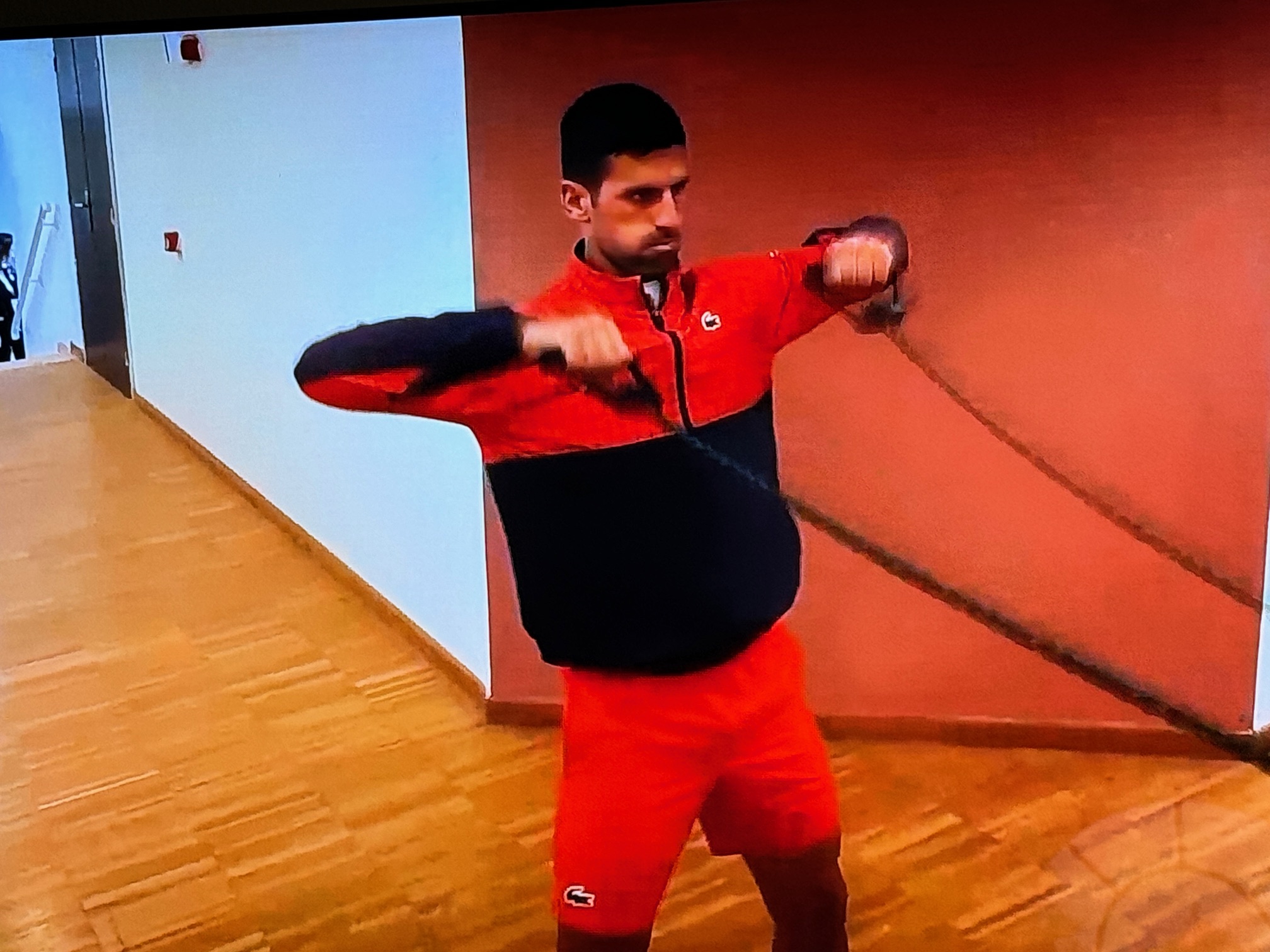A research group has defined a new metric that identifies “clutch points” in tennis. At first glance it is a new way to understand matches and appears to provide new insight. Tennis matches hinge on big moments and carrying those points are crucial to winning. Some players are clearly better at these pivotal points than others. This new metric provides a fascinating way to break down and examine match play.
The post “Leverage and Momentum in Tennis” previously introduced published information from the same research team that is behind the clutch point definition. That team leverages machine learning to discover new metrics which enhances tennis analytics. The recent publication focuses on how current WTA players perform during clutch points. It will probably not surprise anyone to learn that the players who are currently performing very well on tour also have high correlation to recent performance during those pivotal moments.
In the obvious conclusion department, Iga Swiatek performs well on clutch points. However, she has recently been playing relatively few of them. That is a testament of how dominant her recent performance has been. She has been steamrolling her opponents which yields relatively few clutch points.
As a contrast, Bianca Andreescu is currently winning the highest percentage of clutch points on the WTA tour. The research reveals that she performs significantly better against lower ranked players. Her recent performance is less striking when facing off against top ranked players.
Two American women are also illuminating examples from this recent analysis. Danielle Collins hasn’t played enough matches recently to meet the minimum threshold for official inclusion in the study, but would have been the top rated player on those points if she had. It will probably not surprise anyone that Madison Keys scores very low relative to her professional peers.
From a competitive standpoint, the “clutch” metric could be used to identify which players win a relatively high number of those points. Those players could then be studied to determine what exactly they are doing that leads to that result. Training for performance in clutch points is kind of the holy grail of tennis competitive development. Success is elusive.
A more straightforward and practical way to use this metric is to identify matches that had a high number of clutch points. By definition those matches contained the most pivotal moments and momentum swings. While that is a retroactive measure, it is a dispassionate data-based examination. The way I would like to see that insight used is against the rankings lists and debates over the greatest matches ever played.
From the same practical standpoint, I also believe that this metric could improve the “on-demand” tennis viewing experience. I watch an inordinate number of matches well after live play has concluded for the day. I typically select a match that I believe will be interesting. In the early rounds of tournaments, the matches I choose are rarely those that were featured on the stadium court.
It would greatly enhance my viewing experience to have some indication of how many clutch points were played in each match available for viewing. This is a way to highlight which matches were interesting without spoiling the result. The clutch metric would also potentially help the broadcast networks identify secondary matches that might be better for rebroadcast rather than rerunning the matches that were already aired. (One can hope.)
In 2022, at the time the analysis was released, the most exciting match on the WTA tour was a three-set, three-tiebreak match between Kaja Juvan and Angelique Kerber in the finals of Strasbourg. I did not watch that match either live or on-demand. Outside of the fact that it was a finals, and would be unlikely to ever select to watch without this research indicating that it was really good.
The WTA released a YouTube highlight reel of the Kerber-Juvan match. In general every point in that video is noteworthy for some reason. What is missing from that viewing experience however, is any context of how “clutch” any of the highlight points actually were. I clearly need to watch the entire match to understand it.
The “clutch” metric could make it easier to find those matches that will yield the greatest insight and entertainment value. I really hope the concept catches on.
- Measuring the Most Clutch Players in Tennis: Who Performs When It Matters Most?, John Manuel, The Analyst, June 24, 2022.



